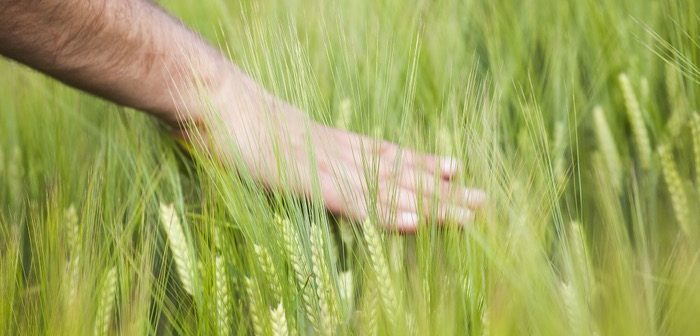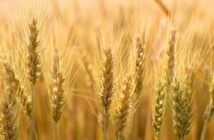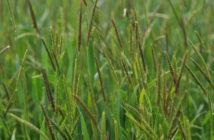KWS’ ongoing commitment to breeding spring barleys that deliver in the malthouse and the field has been underlined by the addition of KWS Curtis to the 2023/24 AHDB Recommended List with, says the company’s cereals product manager Dr. Kirsty Richards.
“The first of a pipeline of similar high performers now entering RL candidate trials, KWS Curtis is a strong all-round variety bred specifically to be easy to grow and manage whilst meeting the demands of the supply chain in an increasingly carbon footprint focused future.
“It’s a high yielding 2-row variety that outperforms the best in class for quality whilst delivering the highest spirit yields/ha of crop combined with reduced levels of carbon emissions throughout the production cycle.
“It’s a great example of how genetics can contribute to more sustainable production being strongly aligned with our ‘Sowing for Peak Performance’ (SPP) initiative arming customers with the varieties needed for success in an increasingly challenging future.”
Variety of growing conditions
According to KWS UK spring barley breeder Dr. Henry Barber, KWS Curtis’ resilience and performance has been tested in a variety of growing conditions across Europe with the variety having an agronomic profile perfectly suited to the UK.
“It’s a variety that performs well across the country with treated yields of 105% of controls in the East and 103% in the North and West regions with an average yield of 104% for the UK as a whole.
“These yields have been remarkably consistent over the last three years of trials despite very different spring seasons. Untreated yield is very high at 93%, too, giving growers a range of production options.
“It gets an exceptional 9 for mildew resistance and a 7 for Rhynchosporium whilst its 4 for brown rust is comparable with established market leaders.
“KWS Curtis has been bred to be a very safe bet for growers in terms of field performance as well.
“A score of 8 for lodging resistance without PGRs is the best in its class and compares very favourably to the 6s achieved by the many commercialised varieties in the malting sector whilst its 9 for resistance to brackling is further strengthened by a short height of 69cms.”
Dual purpose malting barley
As a potential dual purpose malting barley, KWS Curtis is currently rated green by the Malting Barley Committee (MBC) for both brewing and distilling with significant production and environmental benefits in both scenarios, he adds.
“We will be focusing on producing larger bulk tonnages for further end user evaluations from Harvest 2023, but early indications are very promising.
“KWS and AHDB trials have shown KWS Curtis’ combination of higher field yield and spirit yield means every 1000 litres of alcohol results in 120kg less CO2 being produced than with the variety Laureate.
“In brewing, KWS Curtis had a CO2 output 10% less RGT Planet for the same Hot Water Extract (HWE).
“This means KWS Curtis offers significant potential across the board from higher yields and quality for growers to higher alcohol yields from every tonne of grain for distillers and lower CO2 production to help mitigate against climate change.”
KWS Premis and KWS Nelis follow in the path of KWS Curtis being high performance spring barleys with significant production and environmental potential, he says.
“Both varieties are currently progressing through the MBC testing system with KWS Premis being evaluated for brewing only and KWS Nelis as a dual purpose variety.
“Both have very similar yields, quality potential and agronomic properties to KWS Curtis alongside its proven consistency across different growing seasons and regions of the UK.
“KWS Premis and KWS Nelis are now entering AHDB candidate trials for harvest 2023 and we have high hopes of them, too.”




